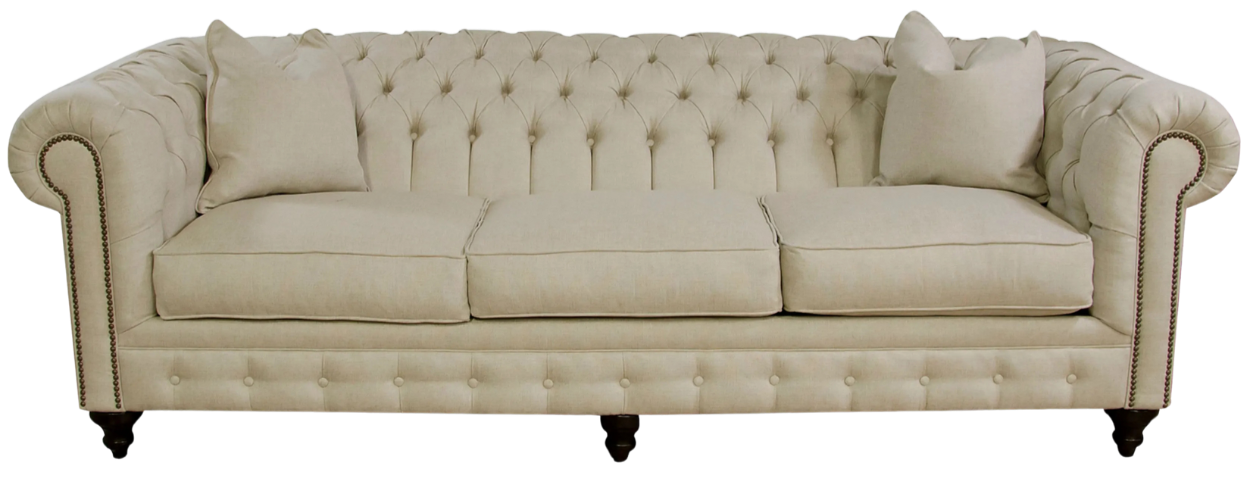Your Cart is Empty
RUGS
FURNITURE
TOP 7 RUG TIPS

Rug in top image can be found here
Part of our everyday work with clients is guiding them to the perfect rug and making sure that rug fits all their needs. We ask a wide range of questions about where the rug will be placed, the type of traffic it will get, and what effects the client would like the rug to provide for the room - such as warm it up, make it look bigger, act as a focal point, or how to work with multiple rugs in one space. Here we share some of our most popular tips.
TIP 1: COLOR: Don’t spend hours trying to match colors exactly. It doesn’t happen in nature, and if you try too hard, you’ll end up with an artificial look. One trick designers use often, especially when doing a room from scratch or re-doing a room, is to start with a rug and pull the color choices from there. If you're afraid to go bold with color, start small. A tribal rug is a great beginning, they go with everything. Over-time, you will discover a favorite color in it and you can match that color with the walls or vice versa. The great thing about rugs with a lot of color and design elements is that you are not locked into any one aspect and you can change up the color of the walls several times over the life of the rug.
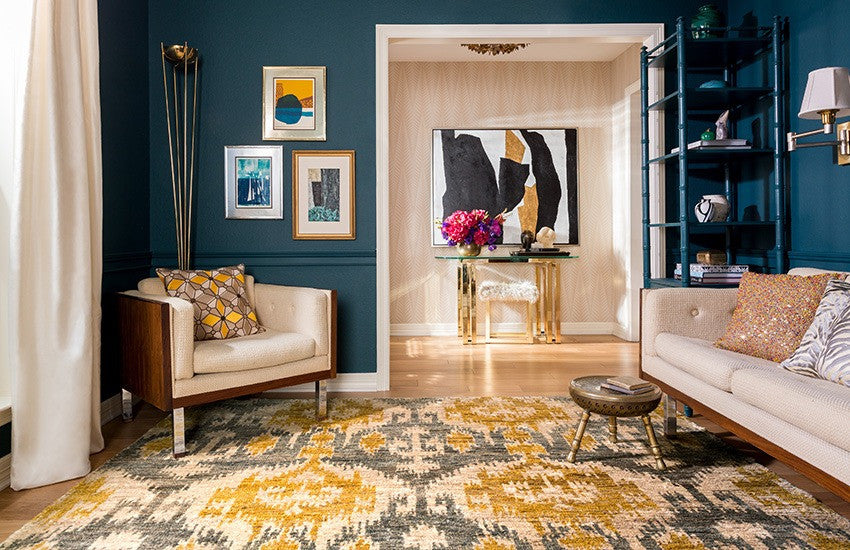
Dark colors make objects appear smaller and light colors do the opposite, making objects or spaces appear larger. If your space is small try using a light colored rug to make your room have a more expansive look.
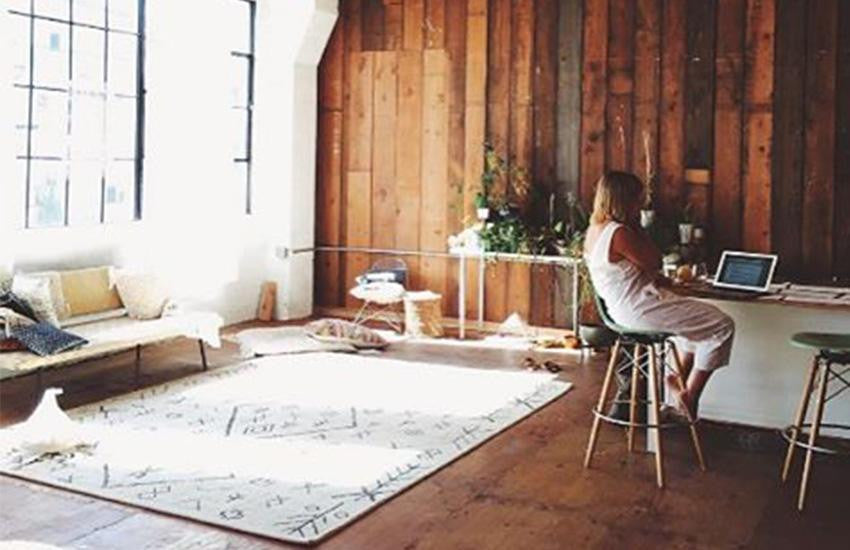
Many get hung up on color matching, getting an exact shade match. This is probably the most common frustration. Relax …. colors should not match exactly. The golden rule – stick with similar hues and it will all work out perfectly. Think of a bed of roses. All the rose colors don’t match – in fact there are probably hundreds of shades of colors in ONE rose bush – different greens in the leaves, gradations of color in the petals. Color is the least of problems.
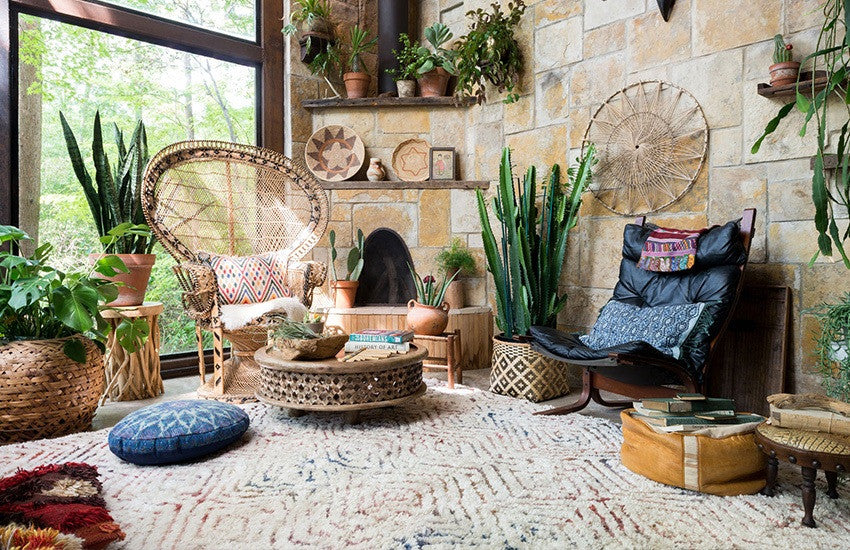
TIP 2: RUG SIZE: The number one mistake for most people is getting a rug that is too small. Rugs that exceed the edges of the furniture can make a room appear larger. We like to say any rug size can work but some rugs are just too small. A small rug makes everything else look out of scale. The rug sets the ground for what rests on it. Also, be sure to check out our rug sizes guide.
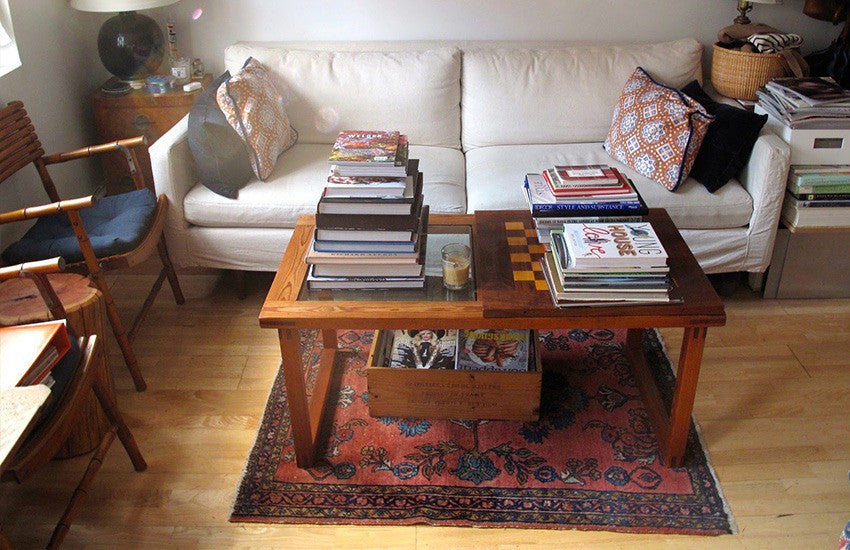

TIP 3: MIXING RUGS: Mixing rugs can be easy. However, unlike matching your rug with the colors on a wall, your floor will speak loud if those colors clash. The easy way is to stick with the same color palette but change the design. You can also start with a natural rug and work from there. If you want to go bold then do it! Just be mindful of the rugs style.
SAME RUG IN ONE ROOM: In regards to the same rug but different sizes in a room, the simple response is of course you can! We are big believers in what you like, works for you! The same rug can combine a room and bring it together. It's like adding plants throughout your space. However, ff you do this, I would mix up the color scheme in each area. Ex. don't copy and paste your living room colors into your dining room. Put a different flare on each space! But in the end, do what feels best to you! It is your space and you need to love it!
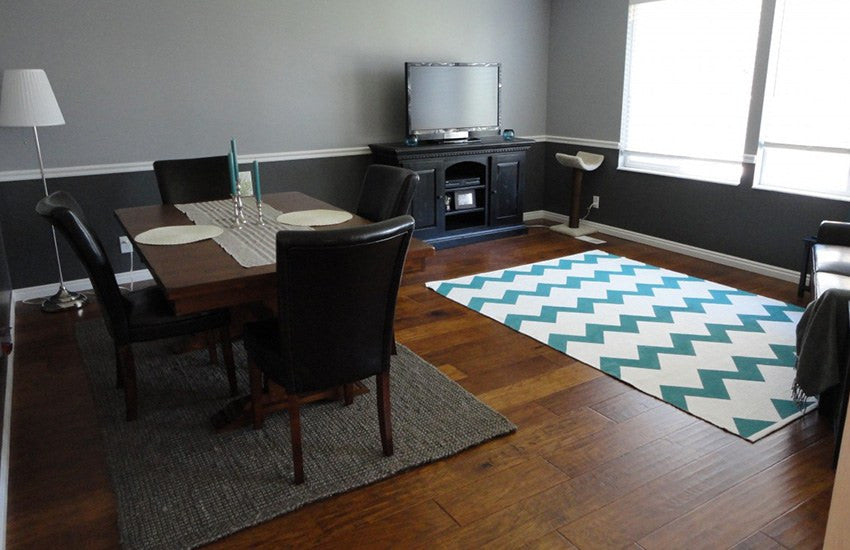
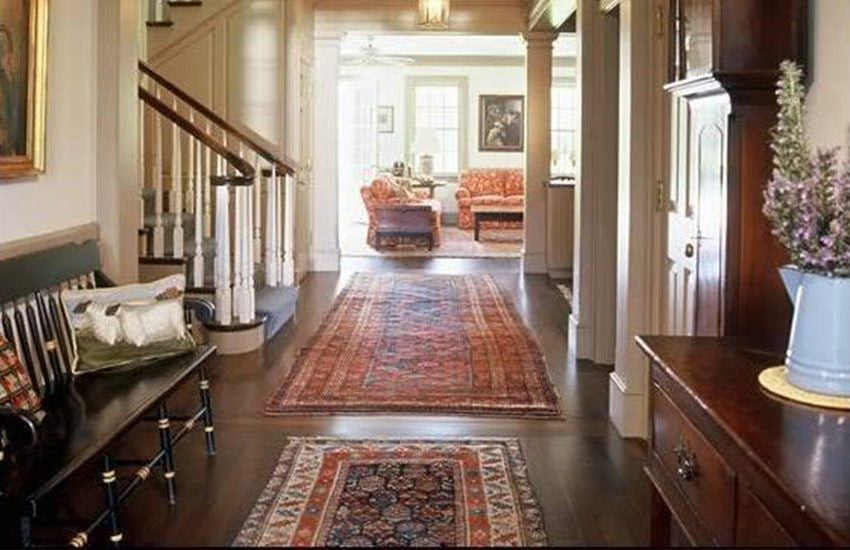
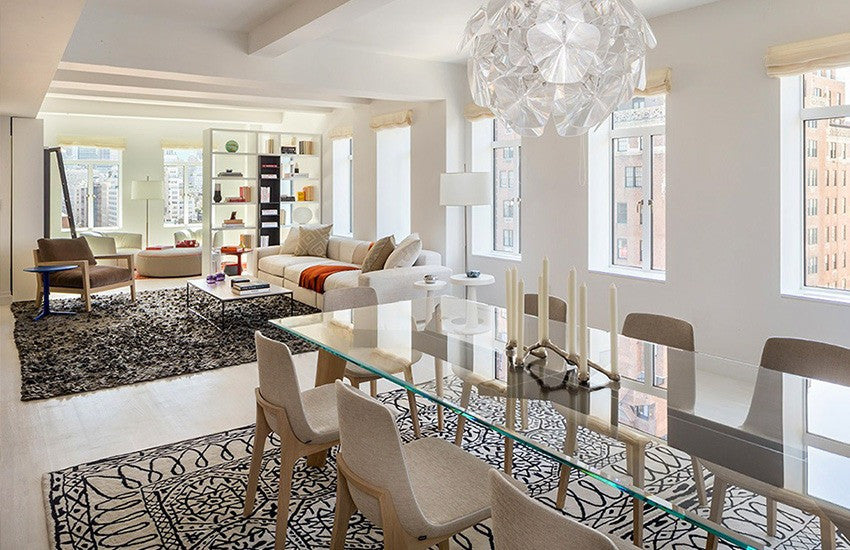
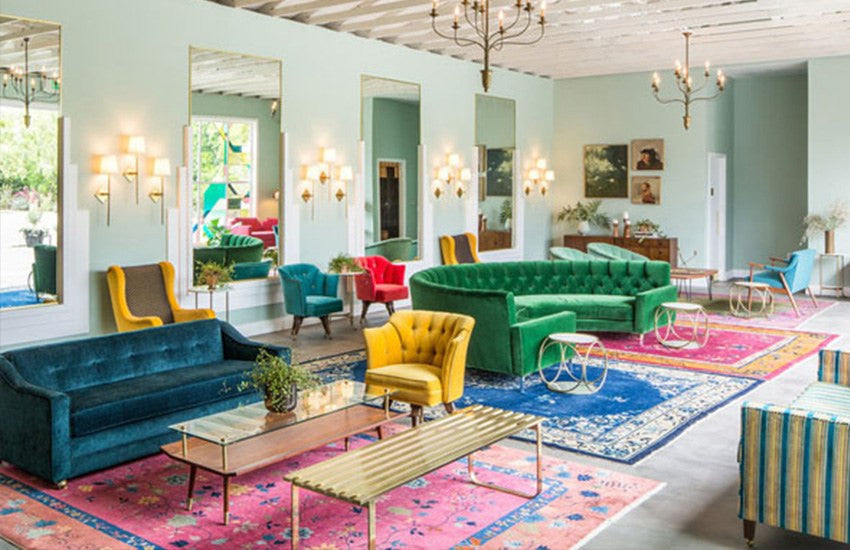
TIP 4: WARM UP YOUR SPACE: An area rug is one of those details that makes your room’s decor feel “finished.” It can also help warm up or soften hard surfaces like wood and tile flooring, which can come off looking and feeling cold underfoot... especially long hallways that can appear cavernous.
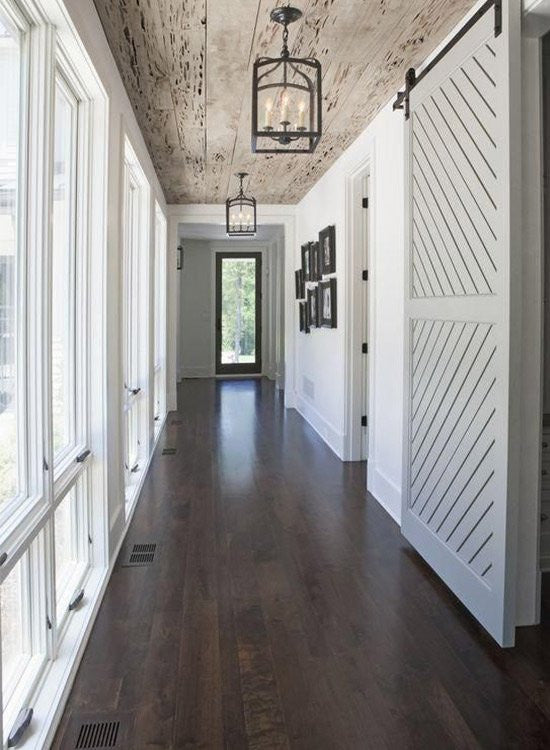
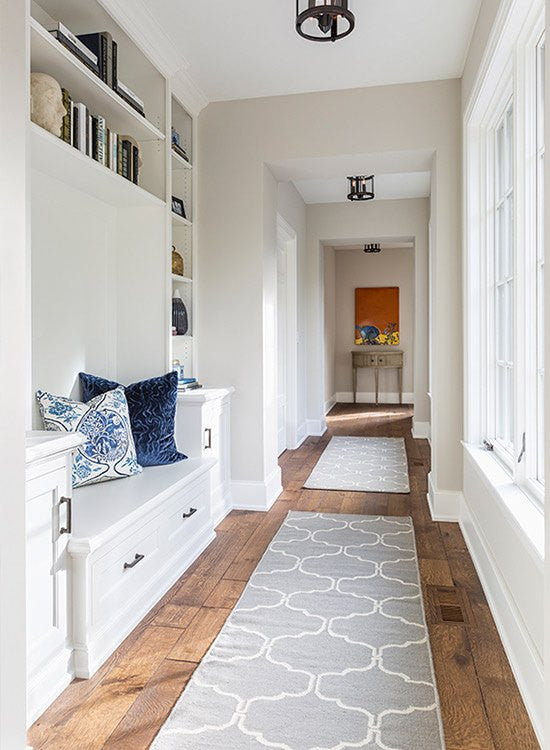
TIP 5: RUG MATERIAL The most popular material in rugs are wool but synthetics and viscose make up a huge market share as well. Many people come in asking what material should they choose and the answer for us is always wool. However, wool tends to have a higher price point compared to synthetics. Viscose is used as a replacement to silk. It has the same feel as silk but lays like wool. It also has the advantage of being a little easier on your pocket book but keep in mind, nothing beats true silk.
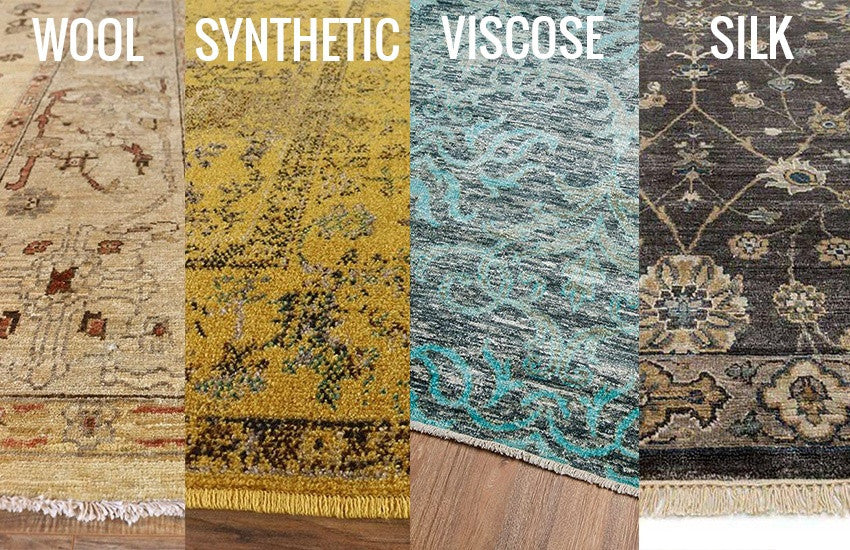
ABOUT WOOL: There are many grades of wool. Generally wool from sheep that are from higher altitude areas is finer, the neck and belly area also have finer wool. The wool from young healthy animals is better. Live wool, the only kind you want, is sheared from a live animal, while dead wool is chemically removed from dead animal. The dead wool has no oils and is rough to the touch.
TIP 6: SHOPPING: Bring your fabric swatches, paint chips and flooring samples (carpeting, wood flooring, tile, etc.) to coordinate the perfect look. Also, create a photo album on your smartphone or a private Pin Board on Pinterest where you can store photos of your home, closeups of windows, room details, furniture etc. This way you have your home with you wherever you go and won't be tempted to make an impulsive buy that doesn't fit with your vision. AND, this is so important, measure everything in your space and keep a list of those measurements with you at all times. Include sizes of chair heights, window frames, doorways, room size, and sizes of pieces of furniture or accessories you are hoping to find, like mirrors or paintings.

TIP 7: BONUS TIP: "Saturate your mind with images of interiors and color stories you feel excited about." says Elsie Larson of Red Velvet.
She continues, "Once you've collected enough images and had time to analyze them, you'll pick up on the trends and patterns that you're drawn to and can then think about how to incorporate those into your own home."

Lastly, DO NOT BE AFRAID to ask lots of questions when shopping. Our team is knowledgeable and prepared to answer any questions you have. Our goal is to help you make your home beautiful, comfortable, and something you can be proud of creating for your family and friends
